Jerry Zeng
Master's Student in Computer Engineering @CMU
Research Project
🔄 . 📈
16th National University Student Innovation Practice Project
Achievements
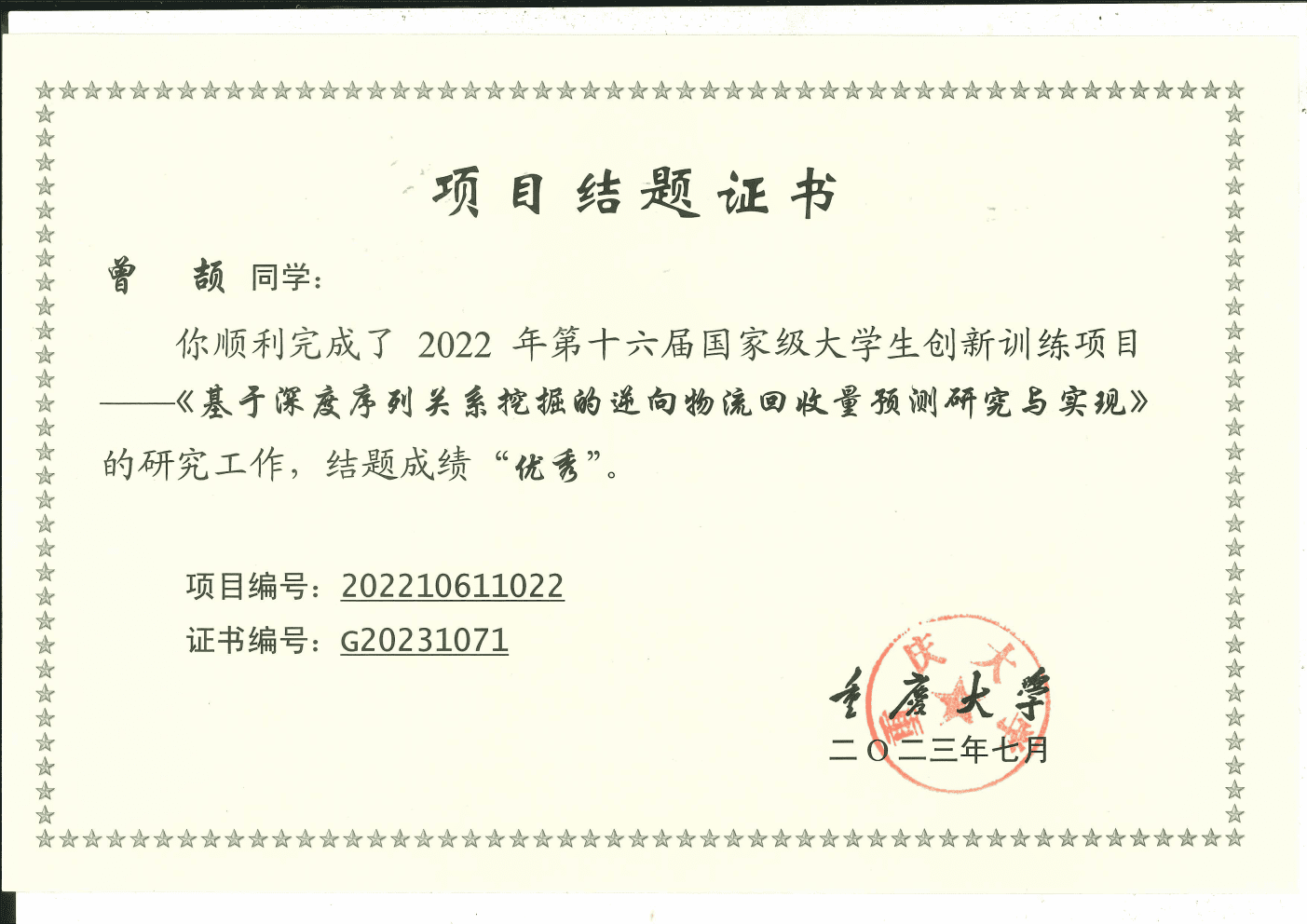
Our research project was honored with the "Outstanding Project" Conclusion Rating , a singular distinction in the department, during the 16th National University Student Innovation Practice Project. For a deeper dive into our work, more details can be found in our Project Presentation Report PowerPoint.
Sole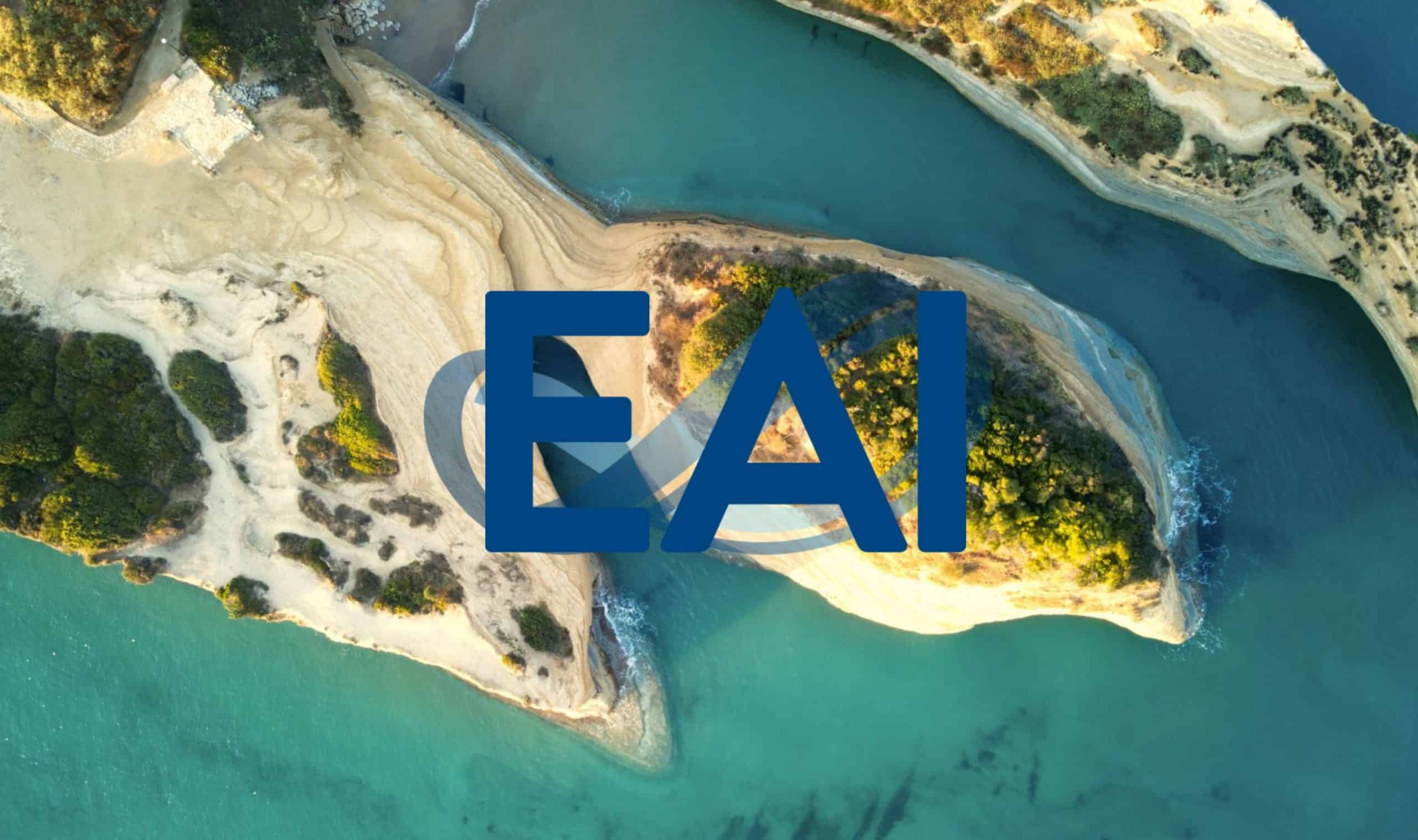
As a contributing author, our paper: Ruiqi Liu, Yujiang Wu, Jie Zeng, Jia Zhang, Jinyong Gao, and Min Gao* Multi-Time Scale Aware Host Task Preferred Learning for WEEE Return Prediction was accepted by EAI COLLABORATECOM 2023.
CCF C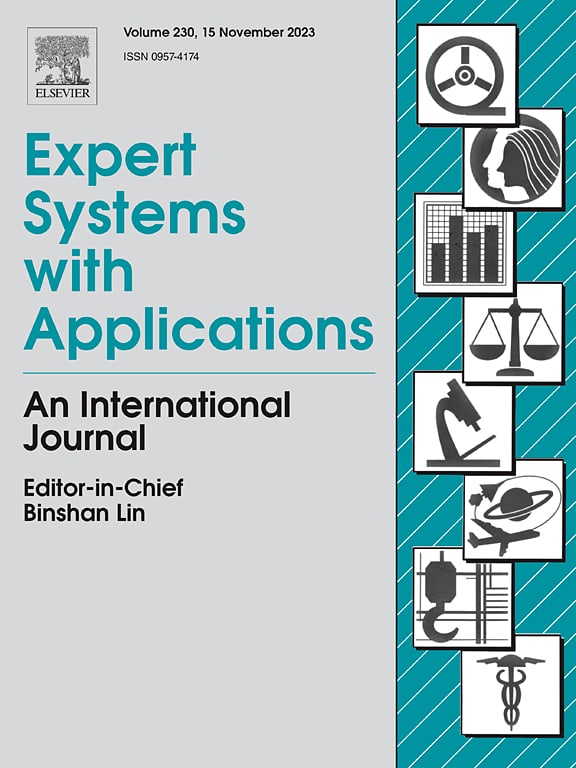
As a contributing author, our paper: Yujiang Wu, Ruiqi Liu, Jie Zeng, Quanwu Zhao, Jinyong Gao, Jia Zhang, and Min Gao* Dual Transfer Driven Multi-Source Domain Adaption for WEEE Reverse Logistics Return Prediction is currently under review after minor-revision resubmission in the renowned JCR Q1 journal ESWA.
IF = 8.5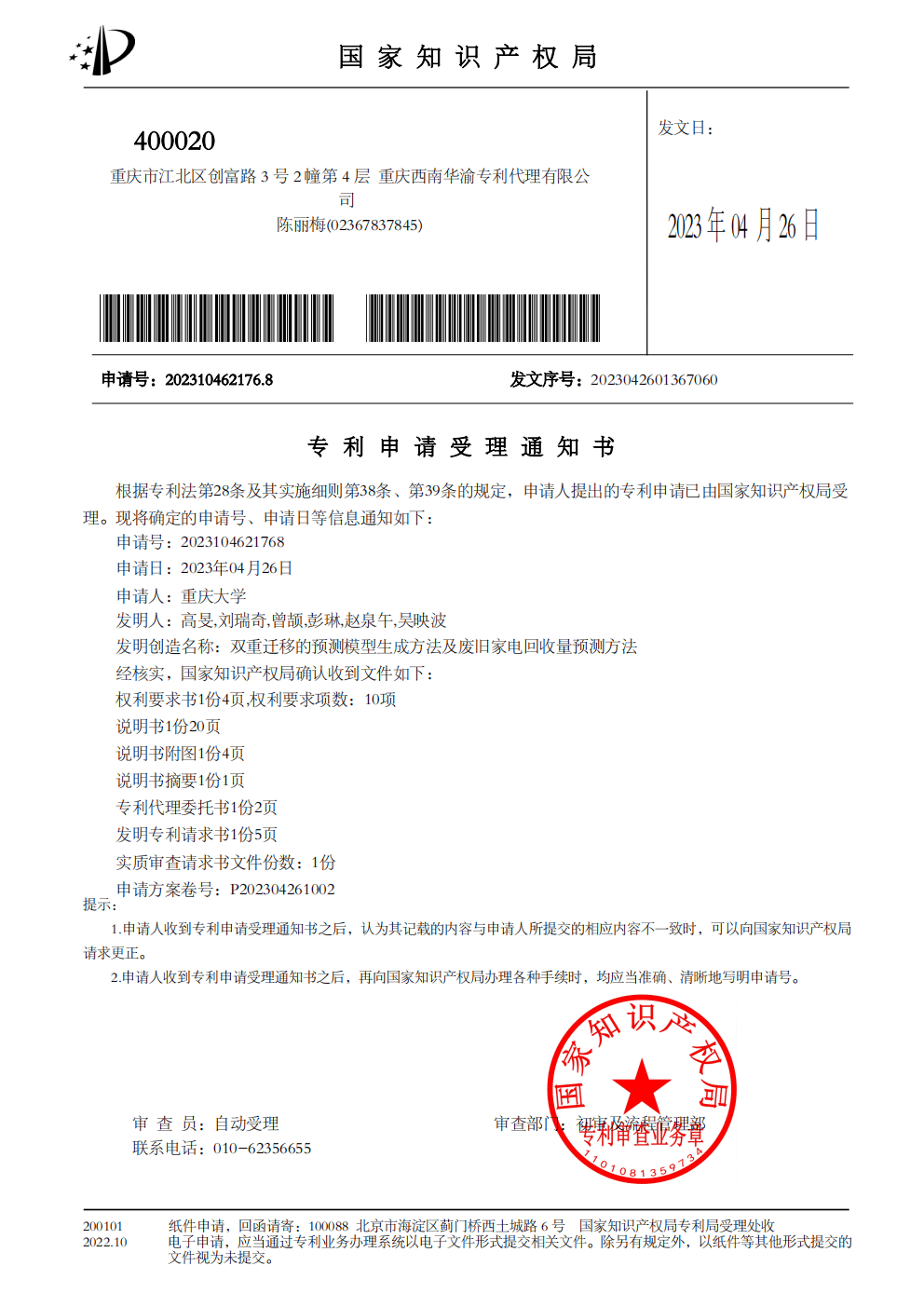
In line with our innovative research, we've applied for two national invention patents from China National Intellectual Property Administration, which are presently under review.
×2
Secured two software copyrights for our state-of-the-art visualization dashboard and system. For those interested in a deeper dive, I've made the visualization front-end available on my GitHub repository.
×2Overview
Objective Goal
Our core mission was to address the intricacies of reverse logistics recycling, especially in environments with sparse and noisy data. The goal was to craft robust algorithms that could seamlessly integrate diverse data types, ensuring both enhanced accuracy and efficient data processing, while also providing an interactive user experience.
🌟 Dual-Transfer Model
Developed a dual-transfer model that merged various data types, enhancing the accuracy of predictions. This model was pivotal in ensuring that diverse data sources were harmoniously integrated.
📊 Multi-Task Learning
Crafted an approach that combined multi-task learning with domain adaptation. This ensured efficient data processing, minimized errors, and made the model adaptable to different data domains.
🖥️ Interactive Dashboard
Utilized the Vue framework to develop an intuitive front-end interface, presenting an interactive dashboard that highlights real-time predictions on the recycling process. This user-friendly platform elevates user engagement by offering a dynamic overview, allowing users to witness the predictions unfold in real time. Feel free to explore the associated code on GitHub repository.
🌐 . 📊
Research Assistant
Achievements
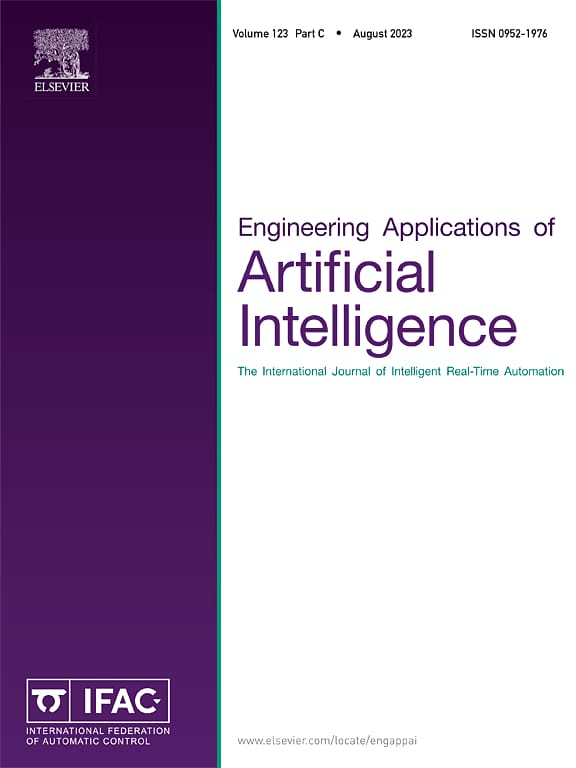
As the first author, I contributed to the paper: Zeng J, Xiao F. A fractal belief KL divergence for decision fusion[J]. Engineering Applications of Artificial Intelligence, 2023, 121: 106027. This research was featured in the esteemed JCR Q1 journal EAAI.
IF = 8.0
As the first author, my research titled "A High Order Fractal-based Kullback-Leibler Divergence with Application in Classification" is currently under review after minor-revision resubmission in the renowned JCR Q1 journal ESWA.
IF = 8.5
Over two enriching years in research, I honed my skills in guiding peers in research methodologies, and actively participated in review of manuscripts.
MethodologyOverview
Objective Goal
Our primary aim was to harness the power of divergence theory and fractal characteristics to significantly enhance pattern recognition and classification tasks within machine learning.
🔍 Fractal-based KL Divergence
In our initial study, I introduced a fractal-based KL divergence, blending the principles of KL divergence with the process of fractal. This approach was applied to real-world classification tasks and pattern recognition.
📊 High-Order Fractal Entropy and Divergence
As an extension of my initial work, I developed a high-order fractal entropy. This proposed entropy highlights the optimal fractal time for an information source, ensuring a more reasonable and accurate information fusion process. In its practical application, our method was rigorously tested on various complex datasets, consistently outperforming other state-of-the-art methodologies.
🌡️ Application in Health Systems
Building upon the foundational concepts of multiscale entropy (MSE), our research delved deeper into the health domain. We embarked on a journey to refine entropy and divergence measures, aiming to enhance their application in health diagnostics and insights, particularly in the context of cardiac interbeat interval time series.
🌏 . 📈
Hosted by
Achievements
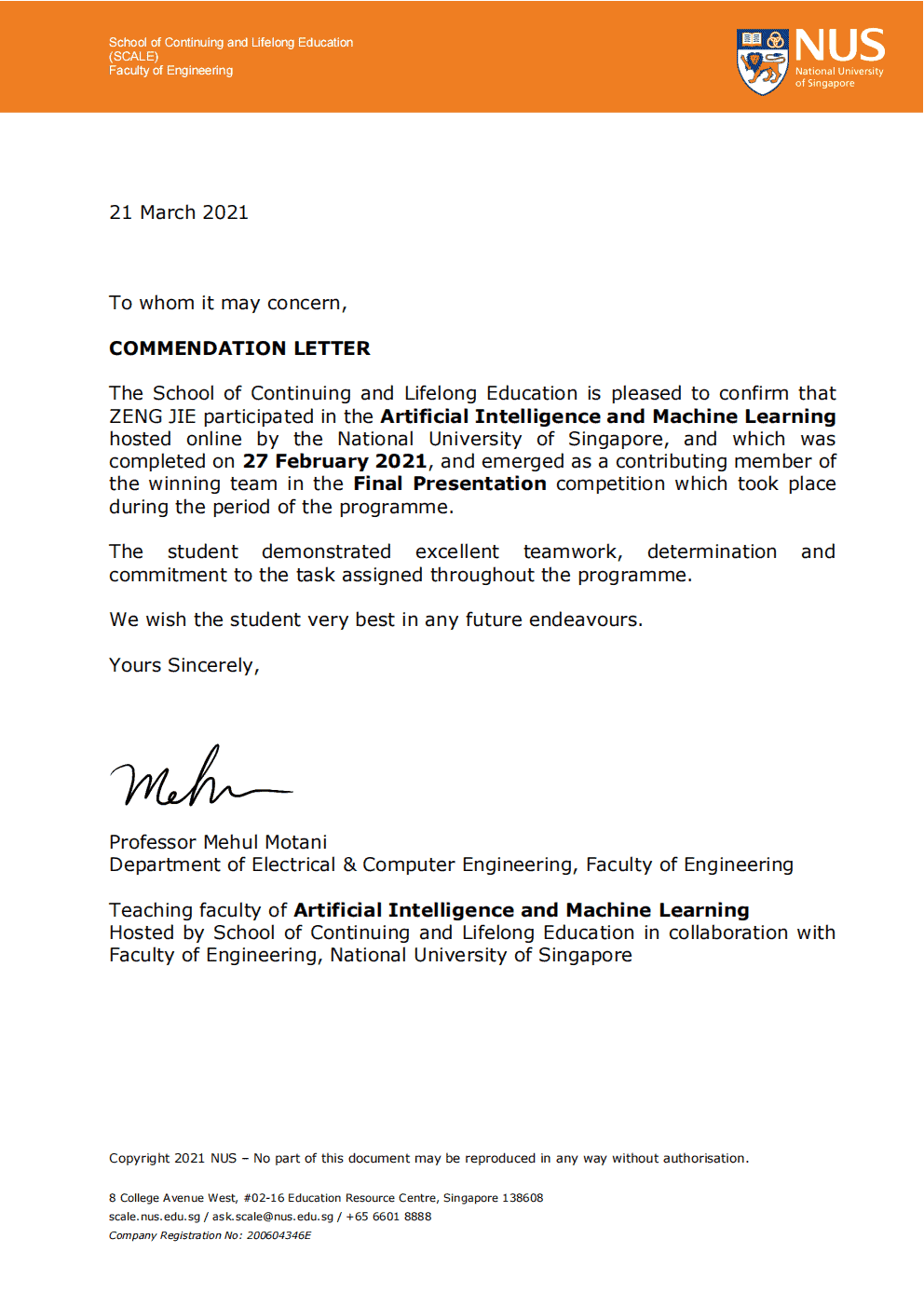
🏆 I had the privilege of leading our team to be recognized as the "Winning Team" by Professor Mehul Motani. This accolade, documented in a Recommendation Letter from Professor Motani, emphasized my leadership and the collaborative synergy of our team, enriching my insights into effective teamwork and collective problem-solving. 🌟
SoleOverview
Objective Goal
With the foundational learnings from the Machine Learning course, my goal was to craft a predictive model to forecast population trends and visually represent this data on an interactive world map.
🔧 Technical Contribution
- 🖥️ Front-end Development & GIS Integration: 🖥️
I developed and led the integration of a user-friendly interface with an interactive GIS map, improving user engagement significantly.
- 🔍 Algorithm Analysis & Model Selection: 🔍
I compared machine learning models, specifically Linear Regression and Random Forest, and selected the most suitable one, enhancing the project’s prediction reliability.
🤝 Leadership & Collaboration 🤝
- 🌟 Team Guidance: 🌟
Spearheaded the team in sourcing and collecting global population data from credible sources.
- 📊 Model Construction: 📊
Took the helm in building the regression prediction model, ensuring its accuracy and reliability.

